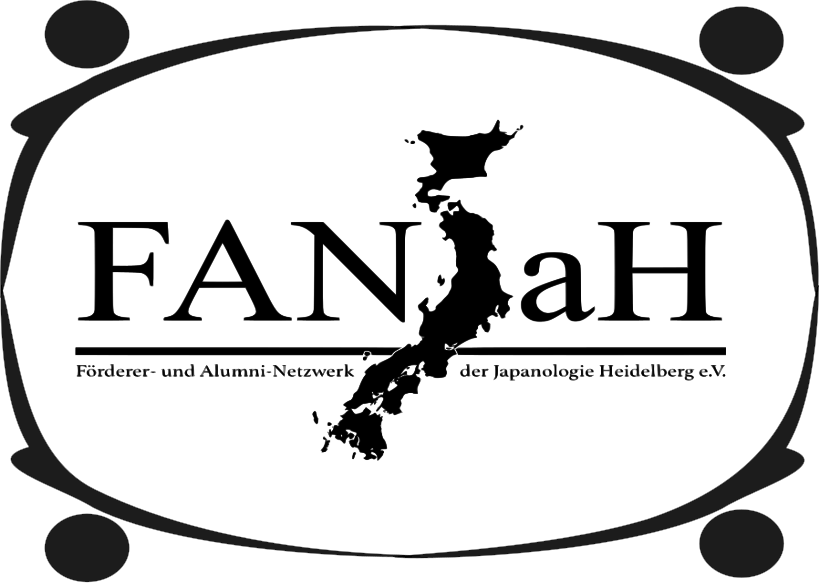名所「逆櫓松」と『ひらかな盛衰記』 ―近世大坂における名所形成の一例として―
Autor/innen
In Japan, travel became popular in the Edo period (1603–1867), and many places became popular as sightseeing spots. As a result, many traditional poetic places were revived as tourist attractions. The place of Sakaro no matsu 逆櫓松 has been handed down to this day as the site of the sakaro arasoi that is the dispute between Minamoto no Yoshitsune and Kajiwara no Kagetoki during the Genpei War (1467–1568). In fact, this perception was induced by the popular Edo period jōruri puppet play Hiragana seisuiki (1739). This jōruri was the catalyst for the association of a pine tree in the Fukushima area of Ōsaka with sakaro arasoi. In addition, the illustrated gazetteer Settsu meishozue (1796–1798) not only introduces Sakaro no matsu as the setting of sakaro arasoi, but also points out its connection to Hiragana seisuiki. While this former creates a link to the classical world, the latter is connected to the theater of the same period, which is in line with the modern concept of content tourism. The way in which these places of interest were established is characteristic of the Edo period, which saw the spread of travel as a form of entertainment, the rise of commercial publishing, the explosive expansion of audiences for literature and entertainment, and the flourishing of theatrical productions.





